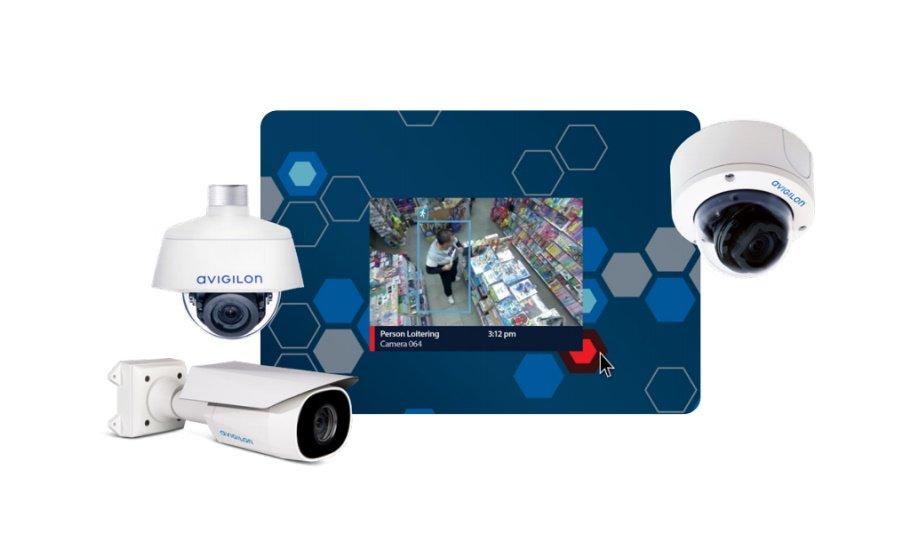In the realm of surveillance technology, the evolution from traditional systems to more advanced solutions like Avigilon represents a significant leap forward. This article delves into the distinct differences between Avigilon and traditional surveillance systems, highlighting the transformative capabilities and advanced features that set Avigilon apart. As we explore this topic, we will touch upon the integration of PTZ cameras within these systems, illustrating their role in enhancing security measures.
The Evolution of Surveillance Systems
Surveillance technology has undergone a remarkable transformation over the years, evolving from basic, analog cameras to sophisticated digital solutions. Traditional surveillance systems, which many are familiar with, primarily consist of analog cameras connected to a digital video recorder (DVR) or, in more updated versions, networked cameras connected to a network video recorder (NVR). These systems have been the backbone of security efforts across various sectors for decades, offering a straightforward method of monitoring and recording activities within a given area.
However, as technology advanced, so did the demands and expectations for more comprehensive surveillance solutions. Enter Avigilon, a brand that has become synonymous with cutting-edge surveillance technology. Avigilon camera systems are designed to leverage the power of artificial intelligence (AI) and advanced analytics, providing users with an unmatched level of detail and situational awareness. Unlike traditional systems, which rely heavily on human monitoring and analysis, Avigilon's AI-driven platform can automatically detect and classify objects, track movements, and even identify individuals, significantly reducing the margin for human error and enhancing the overall efficiency of security operations.
Key Differences Between Avigilon and Traditional Systems
One of the primary differences between Avigilon and traditional surveillance systems lies in their approach to data management and analysis. Traditional systems often require manual review of footage, which can be time-consuming and ineffective, especially in identifying specific incidents after they have occurred. On the other hand, Avigilon's technology incorporates advanced analytics that automatically analyze video feeds in real-time, alerting operators to potential security threats or unusual activities. This proactive approach ensures that security personnel can respond swiftly to incidents, often before they escalate.
Furthermore, the quality of video footage is another area where Avigilon stands out. Traditional surveillance systems, particularly those utilizing analog cameras, are limited in terms of resolution and image clarity, which can hinder the identification of individuals or objects in a video. Avigilon's high-definition (HD) and ultra-high-definition (UHD) cameras provide crystal-clear images, making it easier to capture detailed visuals across expansive areas. This level of detail is crucial in both real-time monitoring and forensic investigations, where accuracy is paramount.
The Role of PTZ Cameras in Modern Surveillance
PTZ cameras, or Pan-Tilt-Zoom cameras, are a versatile component in both traditional and advanced surveillance systems like Avigilon's. These cameras allow operators to remotely control the camera's movement, enabling them to pan across an area, tilt the angle of view, and zoom in on specific points of interest. In traditional systems, PTZ cameras offer a degree of flexibility and control, allowing users to manually adjust the camera's focus as needed.
However, within an Avigilon system, the functionality of PTZ cameras is enhanced by intelligent software that can automatically direct the camera to zoom in on and track objects or individuals identified as potential security threats. This integration of PTZ cameras with AI-driven analytics exemplifies the synergy between hardware and software in Avigilon's approach, offering a level of surveillance capability that far surpasses what traditional systems can achieve.
Conclusion
The difference between Avigilon and traditional surveillance systems is marked by Avigilon's adoption of AI and advanced analytics, superior image quality, and the intelligent integration of PTZ cameras. While traditional systems have provided a foundational level of security for many years, the capabilities of Avigilon offer a glimpse into the future of surveillance, where technology can anticipate and respond to security challenges with unprecedented precision and efficiency. As the landscape of security and surveillance continues to evolve, the shift towards more sophisticated systems like Avigilon is not only desirable but necessary for those seeking to enhance their security measures in an increasingly complex world.


No comments yet